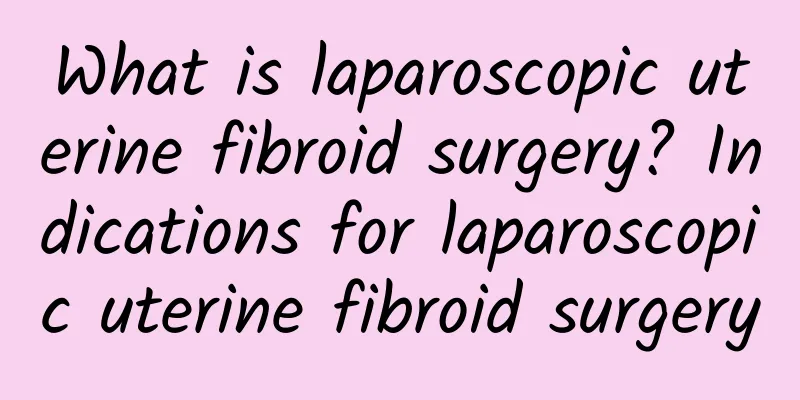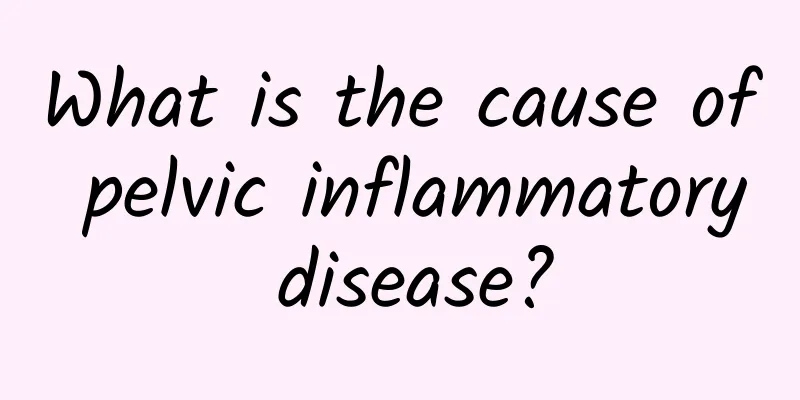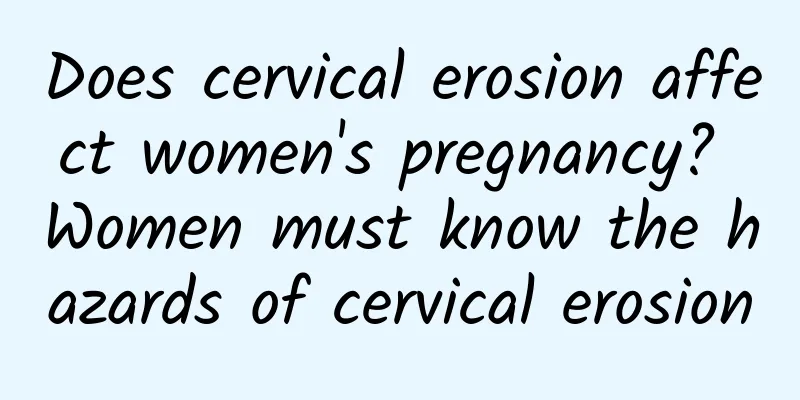What is laparoscopic uterine fibroid surgery? Indications for laparoscopic uterine fibroid surgery

|
1. Historical development of laparoscopic technology Laparoscopic technology is a technology that places a scope with a cold light source into a closed cavity of the human body to observe pathological and physiological changes of internal organs. In 1805, Bozzini described the technique of reflecting candlelight through a mirror to a metal cannula to check the fallopian tube. In 1865, Oesorme-aUX invented the cystoscope. The key step of contemporary laparoscopic technology is to expand the abdominal cavity with gas. In 1901, Kelling conducted an experiment on dogs and injected air into the abdominal cavity with a needle to expand the abdominal cavity. He called it Celioscopy. In 1910, Jacobaeus applied this technology to humans and called it laparoscopy. The name is still used today. The basic principles of laparoscopic diagnosis were established in the first decade of the 20th century. In 1912, Nordentoft confirmed that pelvic organs were exposed in the supine position in 1924. After Zollikofer began to use CO as the inflation gas, some simple operations gradually began to be performed under laparoscopy. In 1941, Power and Barnes first used electrocautery for tubal sterilization under laparoscopy. Palmer should be regarded as the father of modern gynecological laparoscopy. In 1946, he first performed 250 gynecological laparoscopy in the field of gynecology, and performed some dangerous operations such as blunt ovarian biopsy. The most important progress in the 1950s was the invention of the extracorporeal spectroscopic light source. In 1952, the application of Hopkins and Kapany fiber optics in endoscopy promoted the rapid development of laparoscopic diagnosis. In the early 1960s, Professor Semm of the Federal Republic of Germany invented the abdominal CO, automatic mechanical gas insufflation monitoring device, and established a new era of safe and controllable pneumoperitoneum, creating conditions for the development of laparoscopic surgery. In the 1970s, laparoscopic technology has begun to explore various types of gynecological surgery. The most outstanding of them is Professor Semm, who created microsurgical instruments for operation in the closed abdominal cavity and the laparoscopic internal suture and ligation hemostasis technology. In the 1980s, gynecologists began to treat endometriosis under laparoscopy. Video laparoscopy was developed in the first half of the 1980s. By the 1990s, most classic gynecological surgeries could be performed laparoscopically, including infertility correction, ectopic pregnancy surgery, ovarian teratoma and cystic ovarian tumor resection, uterine myomectomy, etc. Laparoscopic total hysterectomy was first reported by RCICh in 1989, and various surgical techniques for laparoscopic hysterectomy have gradually developed. Urinary tract and intestinal complications caused by major laparoscopic surgery have also begun to be treated laparoscopically. Currently, laparoscopic technology has been used for pelvic lymph node and para-aortic lymph node resection and extensive hysterectomy for gynecological tumors. II. Indications: (1) Indications for surgical treatment, myoma 5 cm; (2) Uterine size within 3 to 4 months, in principle not more than 4 months; (3) No dense adhesion between the uterus and surrounding organs and tissues; (4) It should be used with caution for myomas in special locations (broad ligament myomas, cervical myomas, etc. |
Recommend
What are the dangers of mild cervical hypertrophy
What are the dangers of mild cervical hypertrophy...
How long after medical abortion can you have sex? Let's take a look
It takes a month to have sex after medical aborti...
Proper exercise during menstruation can help prevent dysmenorrhea
I believe that many female friends have experienc...
How to treat cervical precancerous lesions
Nowadays, the incidence of cervical precancerous ...
Can I eat if I have abnormal leucorrhea?
Abnormal vaginal discharge is usually related to ...
What medicine can make uterine fibroids disappear?
What medicine can make uterine fibroids disappear...
Here are two effective measures to prevent dysmenorrhea
Women will feel uncomfortable during menstruation...
How to check for endometriosis
Uterine fibroids often present similar symptoms. ...
What Chinese medicine can regulate uterine fibroids? What Chinese medicine can eliminate uterine fibroids?
What Chinese medicine can regulate uterine fibroi...
Doubt! Can chronic pelvic inflammatory disease be cured?
Can chronic pelvic inflammatory disease be cured?...
The three most obvious symptoms of cervicitis
The three most obvious symptoms of cervicitis are...
How does threatened miscarriage occur?
How does threatened abortion occur? Although our ...
Can I get pregnant one month after an abortion?
Can I get pregnant one month after an abortion? 1...
How to prevent adenomyosis
In our daily life, many female friends suffer fro...
What causes adnexitis in women?
Adnexitis mainly refers to the inflammation cause...









